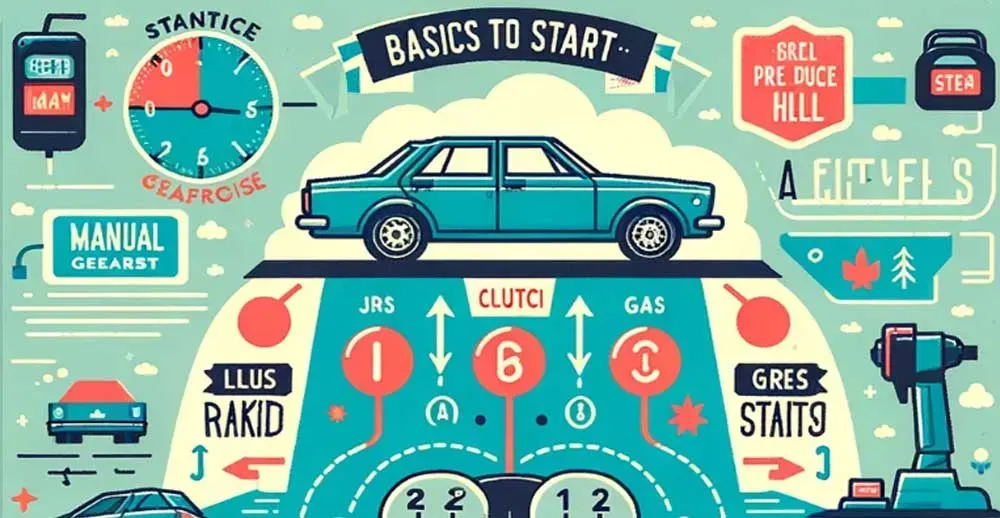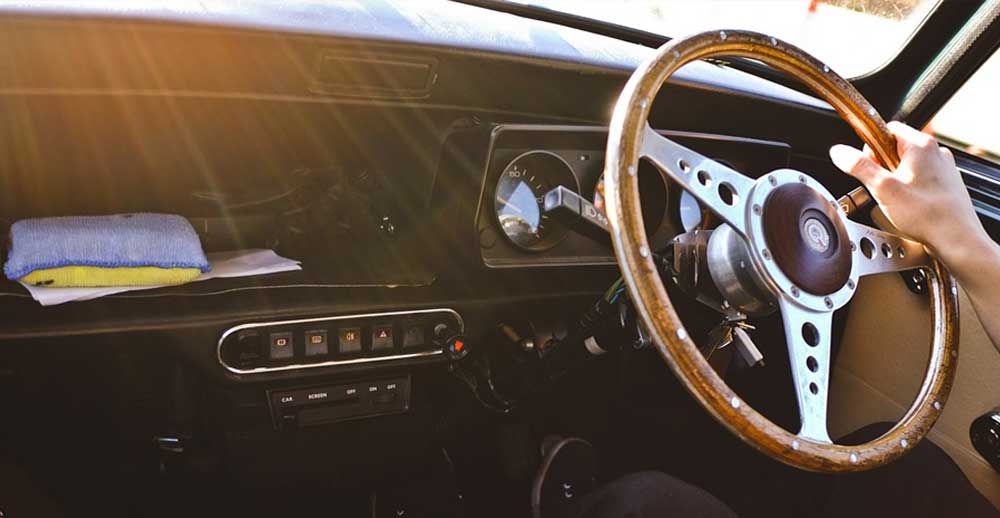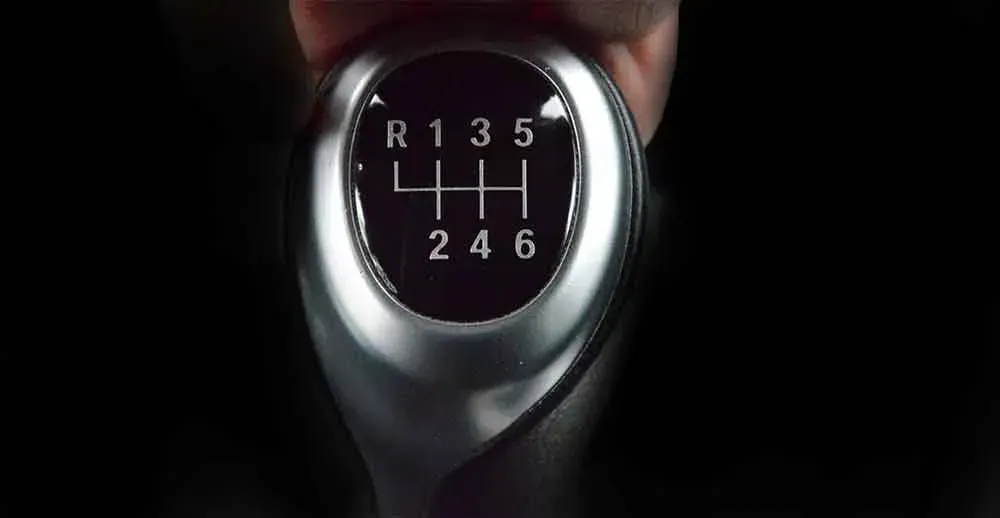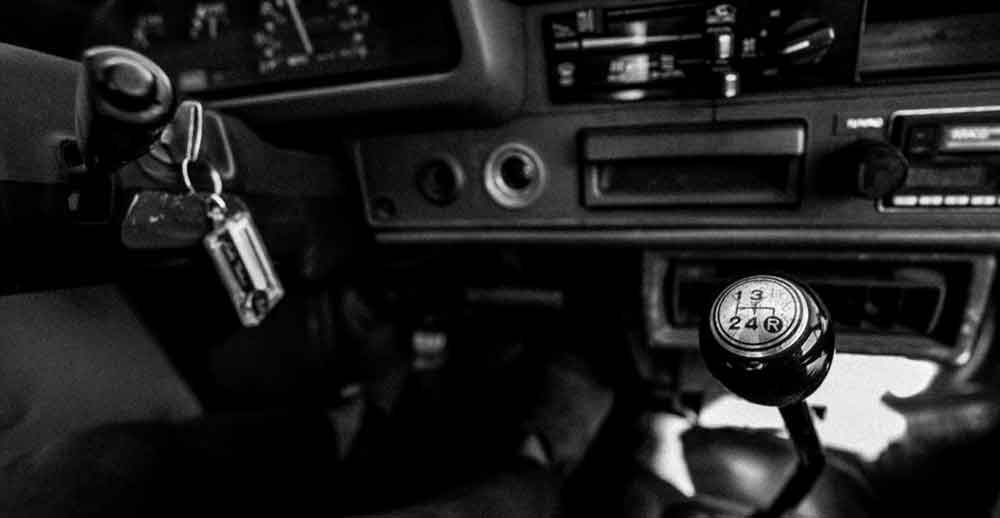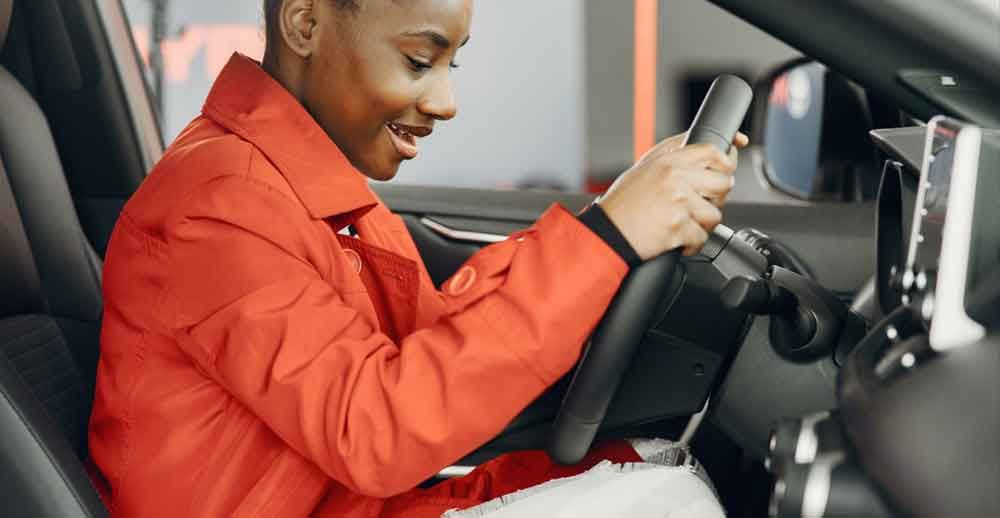Understanding the Structure of the Written Theory Test in Melbourne
The written theory test is a crucial part of obtaining a learner’s permit in Melbourne, Australia. This test assesses your knowledge of road rules, traffic regulations, and safe driving practices, ensuring you are ready to navigate the roads safely. Passing the written theory test is the first step toward becoming a licensed driver, and preparing effectively is essential. This article provides practical strategies to help you ace the written theory test in Melbourne, focusing on study materials, techniques, and key areas to focus on.
Gather the Right Study Materials
VicRoads Official Handbook
The main source of learning is the “Road to Solo Driving” handbooks of VicRoads. It encompasses all the information about road regulations, traffic legislation, and recommended practices within Victoria. You can download it from the VicRoads website, or you can pick up a hard copy at any VicRoads Centre. It will be wise to read this handbook in detail since the test questions are derived from the content of the handbook.
Online Resources and Practice Tests
Here it is recommended to use Internet resources and work on practice tests. Several websites have free practice exams which are in the format of the final test. These tests allow you to overcome the weak points and get to know the kinds of questions that can be given. Mobile applications also give convenient practice chances as you can study at any use anywhere.
Educational Videos and Tutorials
Videos and tutorials are helpful for learners who have a preference for visuals, and they can find them on platforms such as YouTube. These resources divide road rules signals and driving principles into segments that learners can easily comprehend. Videos can increase the understanding of the material as they illustrate abstract concepts and typical cases.
Effective Study Techniques
Create a Study Schedule
Consistency is key to successful preparation. By creating a study schedule, you can organize your study sessions and ensure that you cover all necessary topics. Break down the content of the VicRoads handbook into manageable sections and assign specific times each day to study them. This approach prevents cramming and allows you to absorb the information more effectively over time.
Use Flashcards for Road Signs
Road signs are part of the written theory test, and flashcards may be a helpful tool to learn it by heart. Make cards with pictures of the road signs placed on one side of the card and definitions of the signs on the other side of the card. If you return to these flashcards for review, you will be able to enhance your memory as well as the recognition of various signs. Physical flash cards are also helpful or you can use flash card applications for mobile devices which enable easy studying at any time.
Take Regular Practice Tests
The other strategy that would ensure great preparation for the written theory test is embarking on practice tests more often. This kind of test gives the opportunity to recall information and familiarize with the character of the test and timing. Try to solve practice questions under time constraints to familiarize yourself with the conditions of the actual exam. After every test, go through the answers and try to identify problems that you got wrong in the test. It is useful to know your weak points and mistakes because you can avoid them during a real test.
Group Study Sessions
This is especially very helpful in learning practices since learning with friends or classmates can be very effective. Schedule group study sessions where the members can test each other, discuss some difficult concepts, and share knowledge. Group study sessions can afford different views and opinions and they also assist in clearing any doubts that one might have. Explaining things to other people also helps in the sharpening or revisiting of one’s own knowledge.
Focus on Key Areas of the Test
Road Signs and Signals
A good number of questions in the written theory test are usually about the various road signs and signals. It is imperative to recognize these signs as they offer critical information about the road status, rules, and risks on the roadway. Devote a little more time to studying the significance of different signs, particularly those that are rather rare or could be misunderstood. Employ flashcards, diagrams and online resources to refresh the memory of the road signs.
Traffic Rules and Regulations
Road laws and regulations are different from one region to another, and it is necessary to learn more about the ones that apply in Melbourne and Victoria specifically. Study the rules which define right of way, the speeds that are allowed on certain roads, and all the other traffic laws that apply to different roads and intersections. Be aware that tramways, pedestrian crossings, and school areas are frequently included as subjects of the test.
Safe Driving Practices
The rules of the road and how to avoid or mitigate an accident are included in the written theory test. This includes such aspects as knowing how close to the vehicle ahead one should be, participation, the speed one must be able to set in relation to the condition of the road, and also having knowledge of all the other users of the road. Learn about how to defend and prevent an accident, and how to behave in certain conditions such as driving at night, in bad weather, and when there are bicycles or people crossing the road.
Techniques for Reducing Test Anxiety
Practice Relaxation Techniques
Many people experience test anxiety but that can be easily combatted if proper measures are taken. Relax, take slow deep breaths to help clear your mind and keep concentration. Positive self talk also comes in handy; you may choose to visualize yourself answering questions correctly or passing the test. The only way to get rid of this fear of facing the test is to practice and do a lot of preparations which will in turn make one overcome this fear on the day of the test.
Get Plenty of Rest
When the mind is well-rested it is more focused and it also has the capability to memorize things more efficiently. Sleep well the night before the exam so that you are well relaxed and fresh for the examination. Do not wait for the last day before the test and start cramming because this would make you feel very tired and stressed. However, try to read the notes and solve sample tests in the morning and spend the evening gently.
Arrive Early and Well-Prepared
Agree with the statement that a fresh mind is more effective because it eliminates distractions and even has the capacity to retain more knowledge. It is always advisable to get ample sleep the night before the examination so as to be well relaxed for the examination. Contrary to what most students would do, do not pack all your study time into one day before the test because you will end up feeling very tired and stressed. But try to read the part of the notes and to solve some samples in the morning and spend the evening quietly.
What to Expect on Test Day
Test Environment and Procedure
On the day of the test, you will be required to take a seat at a computer at a VicRoads Customer Service Centre. It is free from any disturbances to allow the candidate to concentrate fully. The supervisor will provide directions and you will have 45 minutes for 32 multiple-choice items. Do not rush over the questions, ensure that you understand each question and choose the correct answer.
Dealing with Time Pressure
However, make sure that you manage time well despite the fact that the test provides enough time. You should answer those questions which you know best and if there are some of them that you are not sure then you should mark them for you to answer them later on. This strategy gets you easy questions and gives you time for the harder ones. Do not forget that, it is better to be accurate than to be fast.
FAQs
Q: How many questions are on the written theory test, and what is the passing score?
A: The written theory test in Melbourne consists of 32 multiple-choice questions. To pass, you need to answer at least 25 questions correctly.
Q: Can I take the written theory test in a language other than English?
A: Yes, the theory test is available in several languages. You can request a test in your preferred language when booking the test at a VicRoads Customer Service Centre.
Q: How much does it cost to take the written theory test in Melbourne?
A: The cost for the learner permit test and learner permit in Melbourne is approximately AUD 25.40. Additional fees may apply for retakes or other services.



